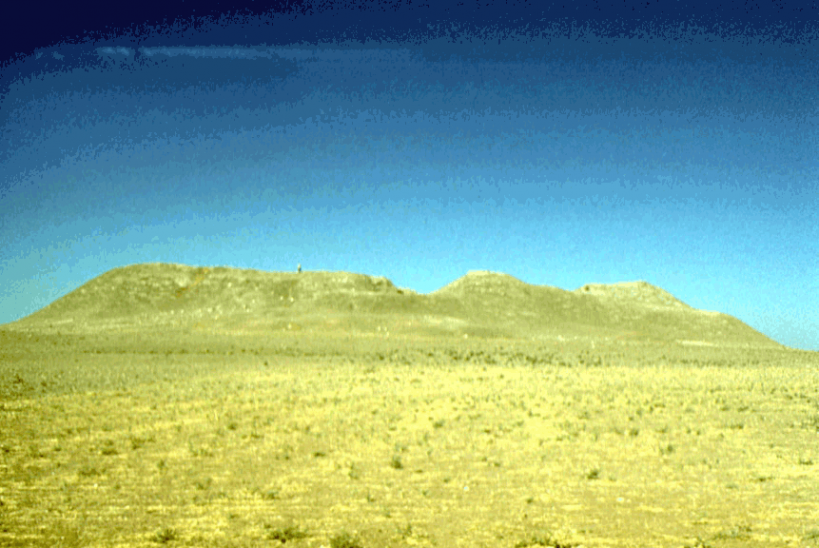|
Other Archaeological Sites / The Neolithic of the Levant (500 Page Book Online) Tepe Gawra Period
In this period (later 4th millennium BC) there is abundant evidence for differential wealth and social position manifest in the grave goods found in a number of tombs built of mud-brick or stone. Three of these tombs were particularly rich, containing many goods of gold, electrum, lapis lazuli and ivory; all materials that had to be imported. Several temples of the Gawra Period have been excavated; they are of an unusual form with separate portico not unlike the Megaron plan. The most distinctive building of this phase however is a circular structure known to the excavators as the Round House. It has a diameter of circa 18 metres, a thick outer wall and 17 rooms; its function is unknown ... (AHSFC). |


